Reprinted with permission (Printed in The Northport Gazette , Oct. 9, 2011)
Three siblings from the Samantha area of northern Tuscaloosa County, inspired by patriotism and opportunity, joined the Navy in 1943 to help America in the Allied defense against aggressive Axis powers Japan and Germany during World War II.
The siblings were Otis, Mary and Ouida Freeman, and they were typical of the millions of young men and women who joined the war effort following the Japanese attack on Pear Harbor, Hawaii, on December 7, 1941, which drew the U.S into the war. They are also among the millions of U.S servicemen and women being recognized by a grateful nation on Veterans Day November 11.
Otis, the next-to-youngest of six children, left the tenant farm where his family lived to join the Navy on May 26, 1943, the day before his 18th birthday. Mary, a few years older, joined the WAVES (Women Accepted for Voluntary Emergency Service) a few months later and Ouida did the same in October 1943.
Otis spent 30 months in the Navy before being discharged on December 7, 1945, following the surrender of Japan three months earlier to end the war. He served aboard a ship in the Pacific Theater struck the U.S. Third Fleet in the Philippine Sea. The typhoon sunk three U.S. destroyers, damaged nine other ships and destroyed 100 aircraft while taking the lives of 790 seamen.
Otis returned home for only a few years before joining the Army in 1950 for a seven-year stint. He served on the front lines in Korea with the 45th Infantry Division 1951-53, earning the Army Commendation Medal, Korean Service Medal with two battle stars, United Nations Service Medal with three overseas bars, Good Conduct Medal and National Defense Service Medal. He also served in Japan and as an instructor at West Point during his distinguished Army career. He achieved the rank of sergeant first class before being discharged on November 19, 1957.
Freeman operated a logging business and served as a Primitive Baptist minister from 1957 until death on September 2, 2002. His wife Billie Faye Watson Freeman and his sons Randall and Mitchell continue to operate the logging business today.
Mary said she left her job as a sales clerk at S.H. Kress in Tuscaloosa to join the WAVES soon after Otis joined the Navy because “there was nothing much else to do and the Navy paid $50 a month with everything furnished.” She spent two years, five months and 20 days in service and said what she learned during that time was equal to any college I might have gone to.
She was sent to Hunter College in New York for basic training then on to Dallas, Texas, Naval Air Station, where she spent most of the remainder of her tour in administration work. “I didn’t like New York much,” Mary said. The people there didn’t have any manners. I like Texas; the people where were friendly. But it was 110-112 degrees in the shade and they didn’t have any shade,” she joked of the hot Texas summers.
“I went to the Navy to help out,” Mary said on the eve of her 90th birthday last month. “I was a pencil pusher, but they had to have pencil pushers, too. It was the best move I ever made. There were 3,600 sailors and we started out with 12 WAVES, so they played a lot of tricks on us. They once sent me all over the base looking for a skyhook for a rear spar,” she laughed.
“I typed up orders for the men when they were shipped out,” Mary said of her administrative duties. “Most had orders for San Diego, which meant they were heading to the Pacific. It made you feel bad, but you had to do it,” she added. Mary added that she met famed aviator Charles Lindbergh and boxing champion Jack Dempsey while in Dallas in addition to seeing the sights of the town. “I had some exciting times,” she said.
Mary was transferred to Norman, Oklahoma, during her last few months of service and was there when the war ended on August 14, 1945. “Everyone partied and carried on, but I didn’t do much of that,” she said of the Japanese surrender. “I just started thinking about going home. They tried to get me to stay in but I wanted to come back to Alabama and that’s what I did.”
Mary was discharged in November 1945 and worked at Bryce Hospital for ten years, attended Shelton State Community College and taught adults to read for several years before retiring. She married Gordon Hagler of Northport in 1946 and the couple had three children, Robert G. Hagler, Jr., Sue Stone and Amelia Mallett. Gordon Hagler died in 1985.
Ouida, the youngest of six Freeman children, joined the Navy on her 20th birthday, October 13, 1943 and said it was the best thing that ever happened to her. “I had worked at the paper mill for two years but I realized I was going nowhere, so after Otis and Mary joined, I decided to join, too,” she said.
“I grew up in a sad situation,” Ouida said her her childhood during the Great Depression. “My mother died when I was three and my father worked out of town a lot and was only home on weekends. My older sister Zuma had to quit school at age 13 and raise five younger siblings pretty much on her own. I always thought kids who had two parents were the luckiest people in the world. Nobody can tell me about poverty. I’ve been cold and hungry and it was sad, but I never got bitter and I never questioned those things. Life has certainly not been boring and I just thank God that I am still alive,” she added.
Ouida also had basic training at Hunter College in New York before being transferred to Washington, D.C., for the remainder of her Navy duty. “I worked in communications and had a top secret security clearance, but I have no idea how or why I was chosen for it,” Ouida, at age 88, said last week. “Our entire living quarters were fenced in and we were not allowed off base. Security was tight,” she said
“We were told that if we ever told what we were doing we could be committing treason,” Ouida added. “They said they would treat us just like men who committed treason and shoot us and I took them seriously. We had to put our hands on the Bible and swear that we would never reveal what we had done during the war. Never being able to discuss what you did with anybody was hard, but I never opened my mouth about anything I did,” she said.
Ouida was discharged from the Navy soon after the end of the war and spent the next several months traveling the east coast selling magazines with a friend from Virginia she had met while in WAVES.
“I was planning to go to a fashion design school in Chicago but my friend talked me into going on a blind date with a pilot, and we were married three months later, “Ouida said. “I just followed Richard around and took care of our three children (Richard Jr., John Gordon and Sheila Gene). “I enjoyed every bit of it,” she added. Hann’s last assignment was a a Navy ROTC instructor in Birmingham. The Hanns moved to Eutaw in 1994 and restored an 1840 home in which Ouida sill lives today. Hann died April 17, 2001,
Richard’s only brother, Eugene, was killed in Pearl Harbor,” Ouida said. “He was a seaman on the USSA Oklahoma and Richard had been on the ship with him until being sent to flight school just a few months before the attach,” she added.
Ouida said she learned to sew as a child and has designed and made her own clothes throughout her life. She also enjoys travel and is currently planning trips to China in 2012 and Romania in 2013 as she writes a memoir of her life.
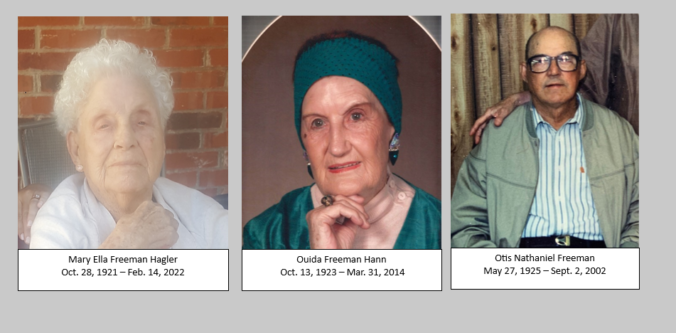
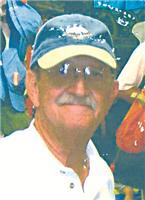
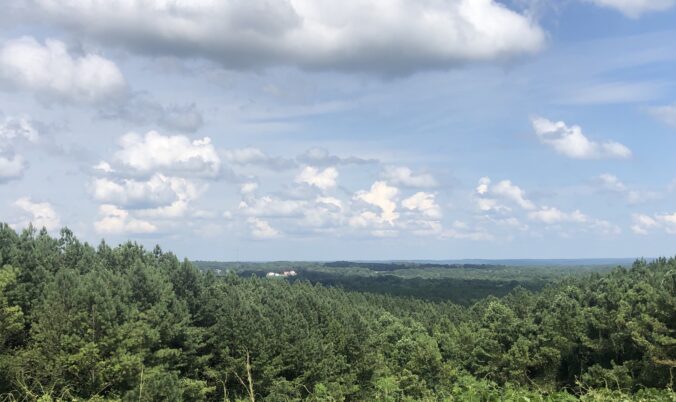
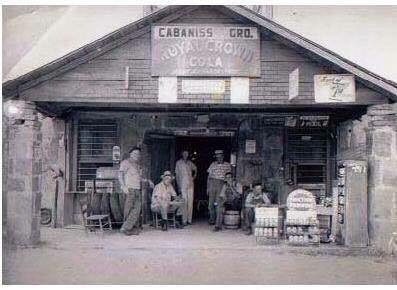

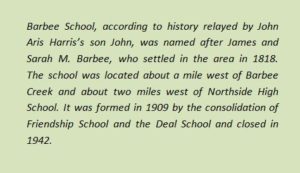
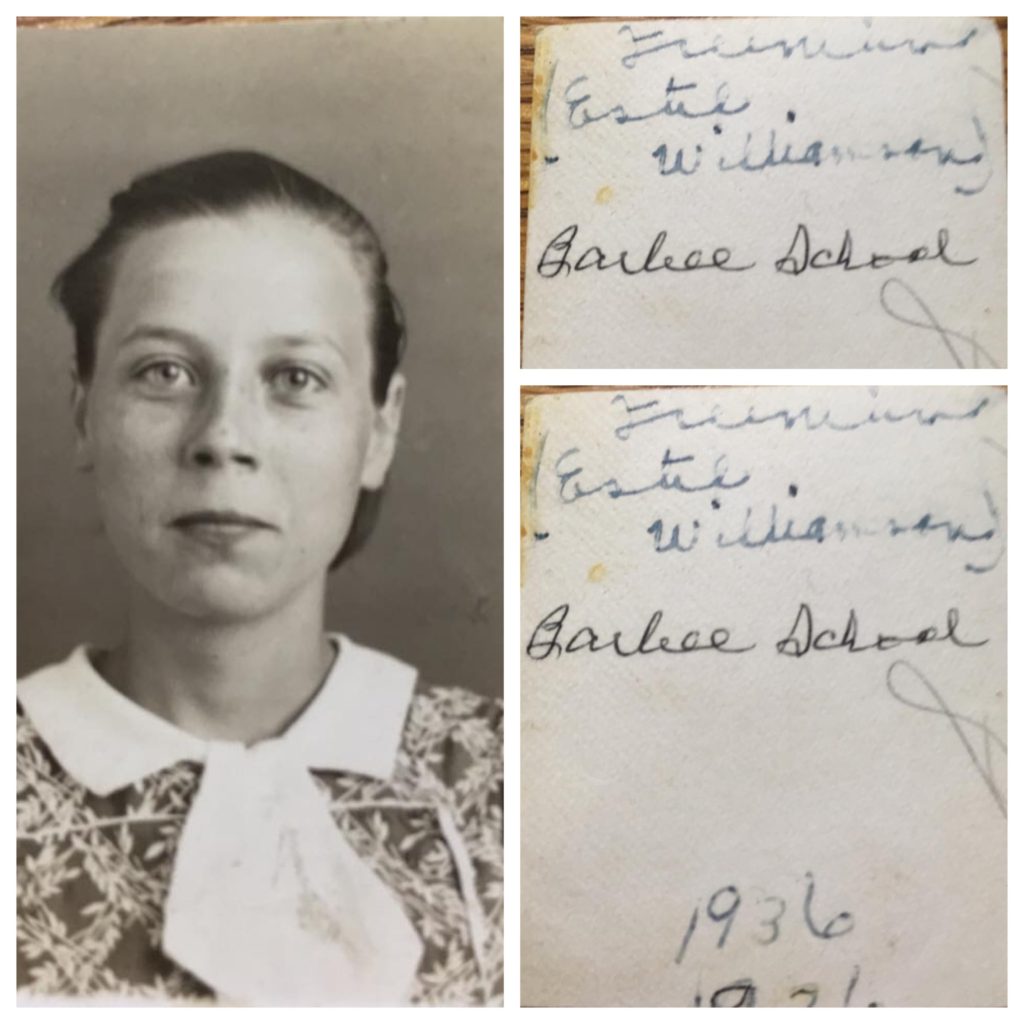

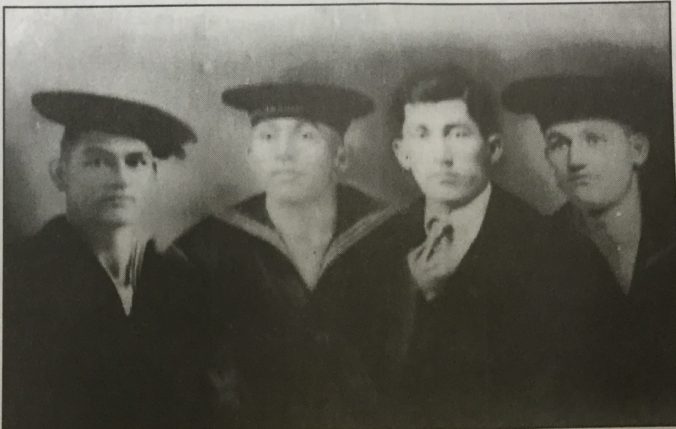
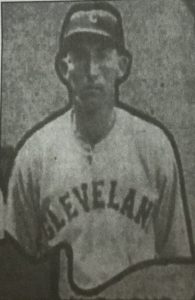
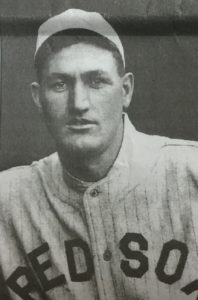

Most Recent Comments